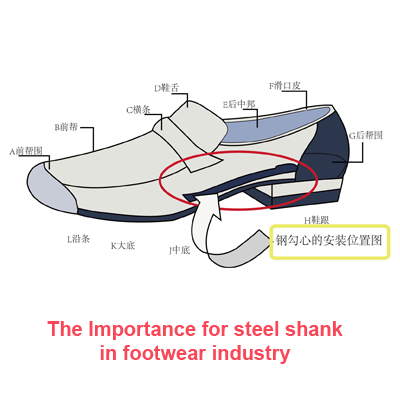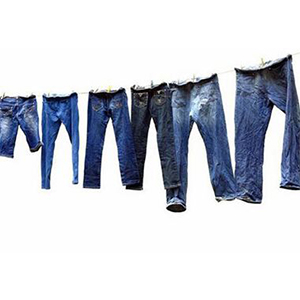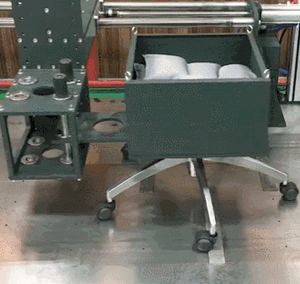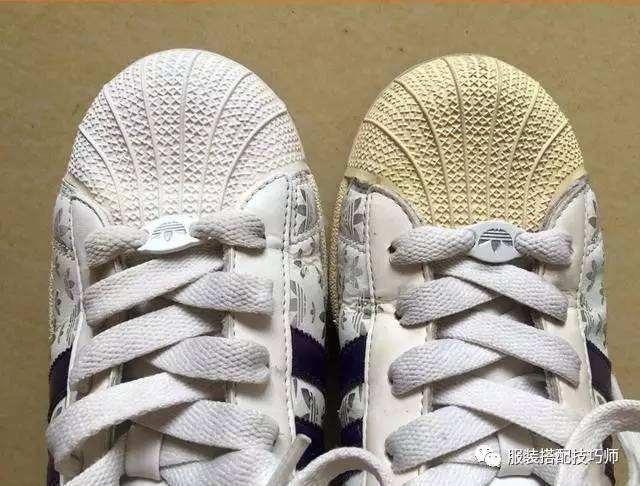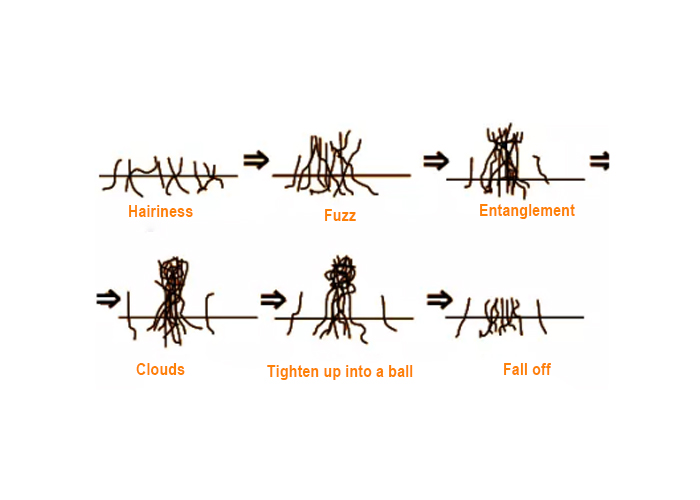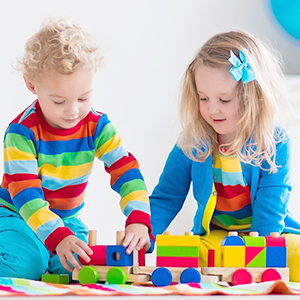Why the high heels are not stable and cause the fall down?
December 29, 2018
Why the high heels are not stable and cause the fall down? As a consumer, when choose shoes, if unqualified steel shanks will greatly reduce the comfort degree and safety factor of leather shoes. What is the shoe steel Shank? The footwear steel shank is a shoe (boot) made of a metal material. Most male/female shoes have a steel shank that is placed between the outsole and the insole at the center of the foot. We can't directly see the shoe steel shank from the outside, but it plays an important role in the quality of leather shoes, especially medium and high-heeled shoes. Shank Type: 1.By users: men's shoes shank, women's shoes shank, children (big children) shoes shank; 2.By steel shank shape: I-shaped shank, Y-shaped shank, L-shaped shank (L type is used for women's high heels, the back part is bent downward to form the short side embedded in the bottom of the molding), as shown below: The Importance for steel shank The steel shank is one of the main force-receiving parts of the shoe, which plays an important role in maintaining the curvature and stability of the sole by connecting the heel and the forefoot in the sole. The shoe shank determines whether the shoes are stable on the feet. It not only needs to have enough strength and rigidity to support the appearance of the leather shoes, but also needs a certain flexibility to meet the comfort of wearing. The shank is too soft, the heel will be forward/backward or left/right skewed when walking, making the overall shape of the shoes very ugly, wearing unstable, lame, long time, will make the waist, legs and feet I feel tired. If the steel shanks are too hard, it will cause uncomfortableness. In the case of instability of gait, the heel is easily broken by external impact. When wearing it, it feels slippery underfooting and fits the feet imperfectly, and may even cause injury. In a word, the safety of shoes depends on the quality of steel shanks. For the quality of steel hooked heart, the relevant testing standards have been introduced in China, GB/T 28011-2011 "Steel shanks of shoes" standard. Although the mandatory standard has been changed to recommendation standard, its role in improving the safety of shoes still exists. Technical Requirements for Main Projects of Steel Hooked Heart of Footwear. The quality of GB/T 28011-2011 "Steel Shanks of Footwear" is divided into external quality and internal quality. External quality includes sign, appearance, length, width and thickness. The internal quality includes longitudinal stiffness, fatigue resistance, hardness and bending performance, among which longitudinal stiffness, fatigue resistance, hardness and bending performance are important safety indicators. How to know if the steel shanks is up to standard? Please choose GESTER Footwear Testing Equipments to test for your steel shanks or other shoes prodcuts. 1, Steel shanks hardness test - Automatic Digital Rockwell Hardness Tester GT-HRS-150 2, Steel shanks f...
View More


